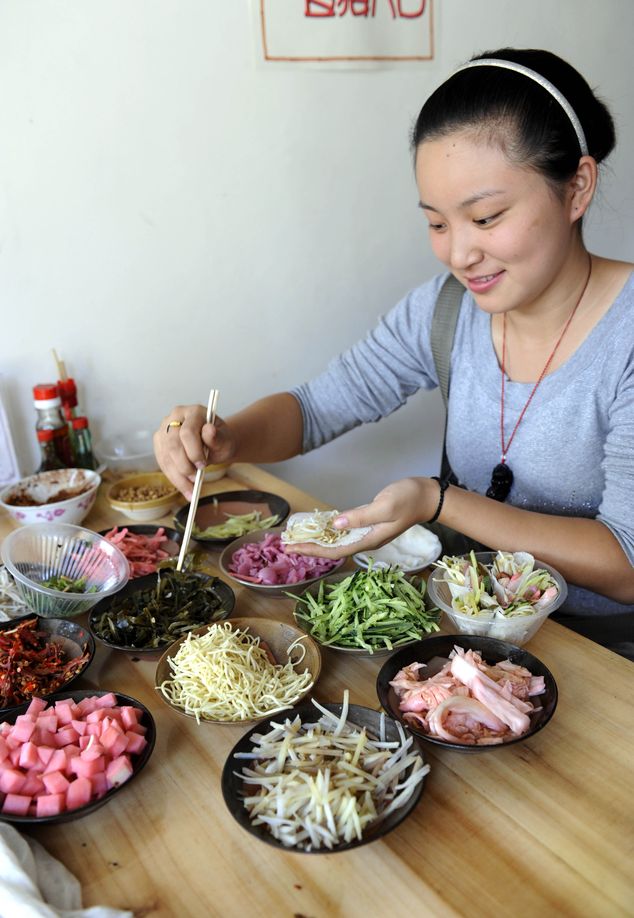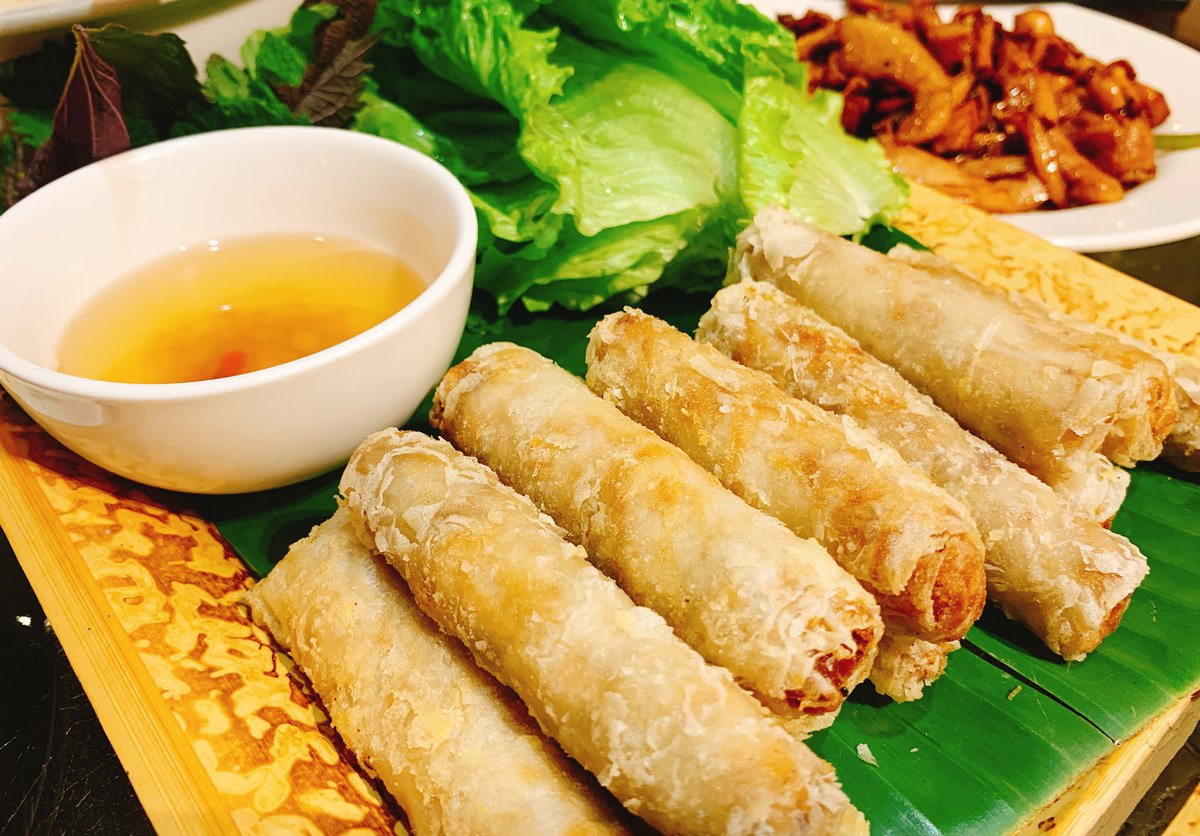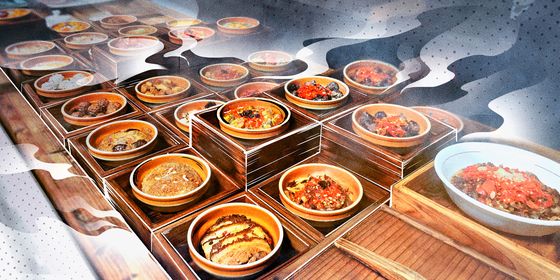Spring rolls are considered a classic Chinese food, but did you know they actually come in many varieties across the country?
Today, February 4, marks lichun (literally “spring begins”), the first of the Chinese calendar’s 24 solar terms and the beginning of spring. As sprouts and buds begin to shoot up from the earth, people around China start making spring rolls (春卷).
The origins of spring rolls perhaps stem from spring eating traditions stretching back centuries. In Records of Local Customs (《风土记》), writer Zhou Chu (周处) details that “five pungent foods on one plate (五辛盘)” had become popular during the Jin dynasty (265 – 420). According to traditional Chinese medicine, eating garlic, wild onions, leeks, canola, and coriander (all fragrant ingredients) could dispel the spring cold from the body and provide internal warmth for the new year. The dish is still served around this time each year.
During the Tang dynasty (618 – 907), the dish became more diverse and colorful, including lettuce, bamboo shoots, red water radish, and eggs. The dish even gained a more palatable name: “spring plate (春盘).” Spring outings also became popular in the Tang dynasty, a more open time in Chinese history when women were no longer confined to their homes. The classic Tang painting Lady Guoguo on a Spring Outing by Zhang Xuan (张萱), even shows women venturing out on horseback. Men and women alike would often take a leisurely stroll in nature, resting for a picnic and rolling the fresh vegetables on their spring plate in pancakes for easy consumption.
Spring rolls have evolved to become a popular snack nationwide (and year-round), but different regions have very particular twists on the wrapped food. In Boshan, Shandong province, locals love to add Chinese cedar (香椿), often referred to as “the vegetable durian” for its distinctive odor, to their spring rolls. Boshan is often considered the birthplace of Shandong cuisine, one of the “eight major cuisines” in China, and spring rolls have their own special accompaniment: pork bone and leek soup. Locals enjoy dipping the crispy fried rolls into the soup for a juicy treat.
The city of Yangzhou, Jiangsu province, is shaped around its ancient canals. A local saying goes, “in the morning skin wraps water, in the evening water wraps skin (早上皮包水,晚上水包皮),” referring to two favorite local pastimes: morning tea, and evenings in the public baths. At teahouses often set in classic gardens, Yangzhou locals enjoy spring rolls, crab roe soup dumplings (扬州蟹黄汤包), and shrimp wontons (虾籽馄饨) while they leisurely sip tea. Here, the crispy spring rolls are not reserved for one season, but the fillings change throughout the year: In spring, they are filled with willow tree sprouts; in summer, it is leeks; peas in autumn; and mushrooms in winter. In 2019, Yangzhou was even recognized by UNESCO as a “City of Gastronomy.”
Meanwhile, in Quanzhou, Fujian province, a port city once at the heart of the Maritime Silk Road carrying goods to and from China, one delicious local resident clings to coastal rocks: oysters. A traditional Minnan dish (known as 蚵仔煎 in southern Fujian province) involves panfrying the oysters with eggs, but Fujian locals also stuff the shellfish into spring rolls together with fish balls, tofu, shredded carrots, bean sprouts, bamboo shoots, peas, cabbage, and water chestnuts. While spring rolls are often deep-fried and crispy, the rolls in Quanzhou are wrapped in a soft pancake with a dash of sweet and sour sauce to finish up. The final flourish for this seaside snack is the sprinkle of seaweed on top.
Another soft pancake version of spring rolls is found in Guiyang, Guizhou province, where a dish named siwawa (丝娃娃, literally “sliced baby”) is popular. Si means “sliced,” and these pancakes contain everything shredded, from cucumber to seaweed, radishes to bean sprouts, and even chameleon plant, a strong-flavored local herb nicknamed “fish mint.” Locals pick their favorite sliced ingredients and gently wrap them in a flour pancake.
These soft treats are served at street stalls and locals are often found chomping down on them on benches or in parks in the spring. Stalls often have a sour soup made of wild tomatoes, chilis, and vinegar on hand for customers to pour on top of their siwawa for an explosion of flavor. It’s not for the fainthearted though: this is a spicy sour sauce that might be too much for the uninitiated.
Even further south, in Beihai, on the south coast of Guangxi close to the border with Vietnam, spring rolls have a Vietnamese twist. Locals even sometimes refer to their hometown as little Vietnam, since it is only three hours away from China’s neighbor. Beihai’s “Vietnamese spring rolls (北海越南春卷)” include fresh shrimp, cucumber, and pork wrapped in a rice flour pancake, dipped in a sweet and spicy sauce made with lemon, fish sauce, and chili. This coastal town is the perfect place to roam around on a spring day, chowing down on delicious spring pancakes.
















